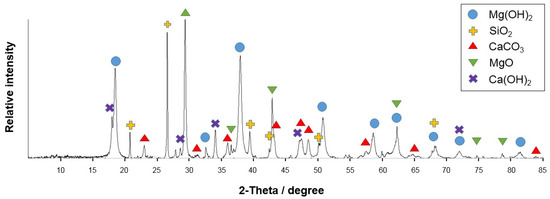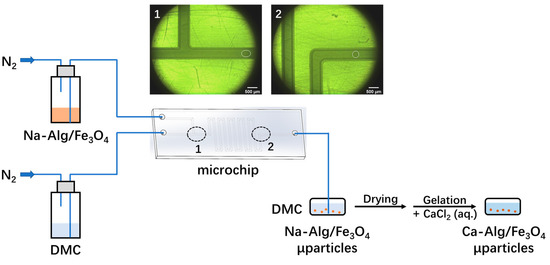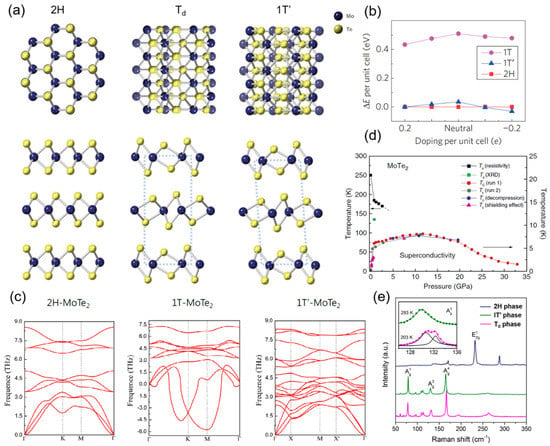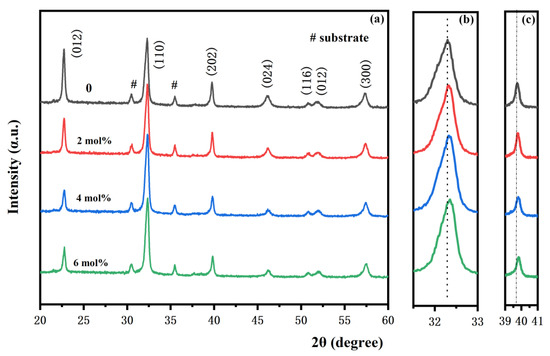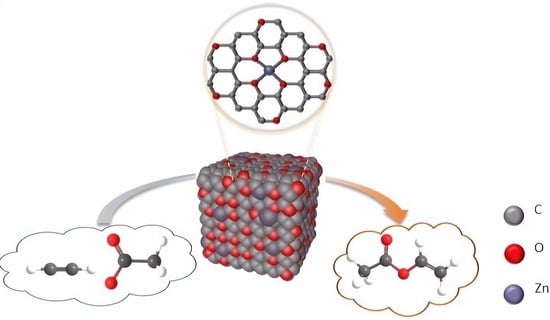Nanomaterials 2022, 12(1), 116; https://doi.org/10.3390/nano12010116 - 30 Dec 2021
Cited by 4 | Viewed by 2328
Abstract
Although copper is needed for living organisms at low concentrations, it is one of the pollutants that should be monitored along with other heavy metals. A novel and sustainable composite mineralizing sorbent based on MgO-CaO-Al2O3-SiO2-CO2 with
[...] Read more.
Although copper is needed for living organisms at low concentrations, it is one of the pollutants that should be monitored along with other heavy metals. A novel and sustainable composite mineralizing sorbent based on MgO-CaO-Al2O3-SiO2-CO2 with nanosized adsorption centers was synthesized using natural calcium–magnesium carbonates and clay aluminosilicates for copper sorption. An organometallic modifier was added as a temporary binder and a source of inovalent ions participating in the reactions of defect formation and activated sintering. The sorbent-mineralizer samples of specified composition and properties showed irreversible sorption of Cu2+ ions by the ion exchange reactions Ca2+ ↔ Cu2+ and Mg2+ ↔ Cu2+. The topochemical reactions of the ion exchange 2OH− → CO32−, 2OH− → SO42− and CO32− → SO42− occurred at the surface with formation of the mixed calcium–copper carbonates and sulfates structurally connected with aluminosilicate matrix. The reverse migration of ions to the environment is blocked by the subsequent mineralization of the newly formed interconnected aluminosilicate and carbonate structures.
Full article
(This article belongs to the Special Issue Actual Problems of Solid State Physics: Nanomaterials and Nanotechnologies)
►
Show Figures
